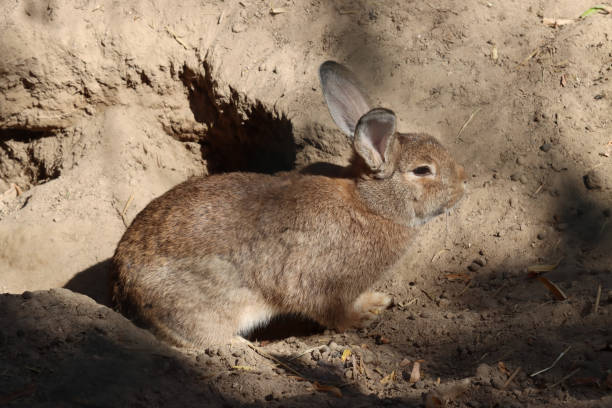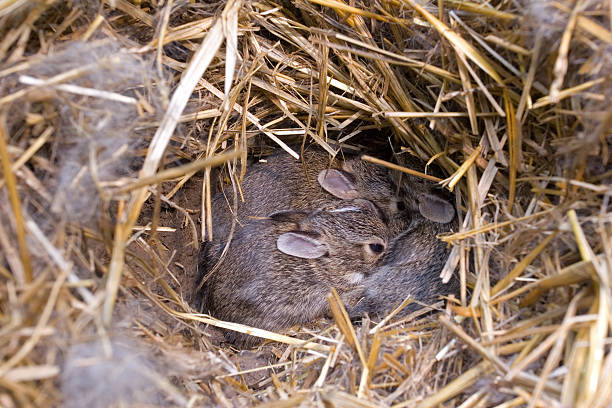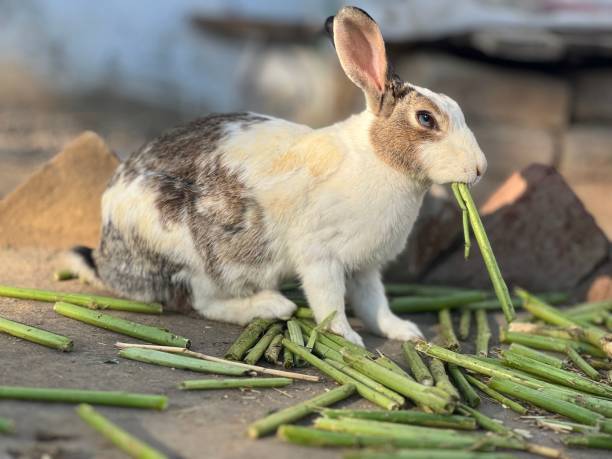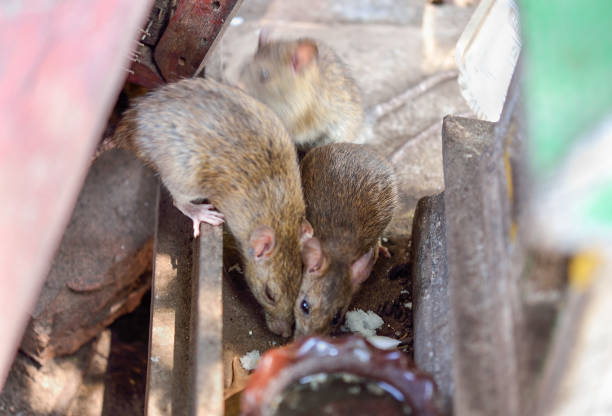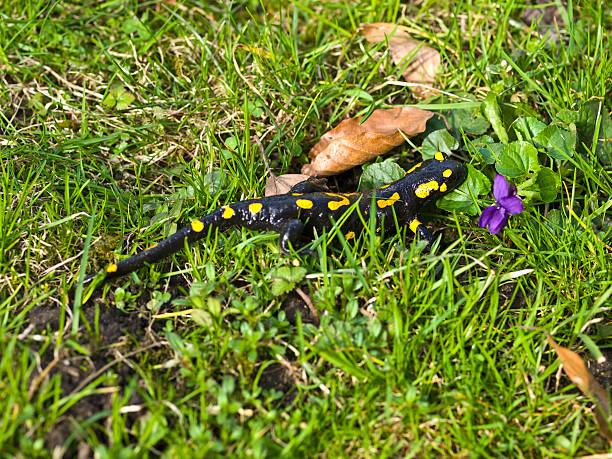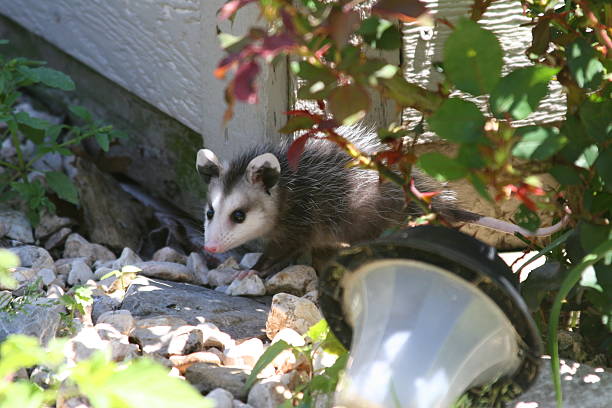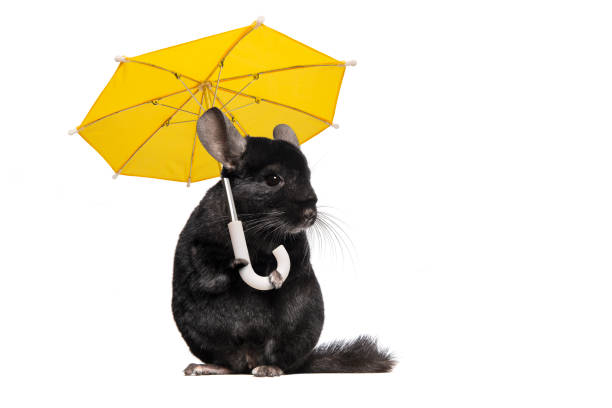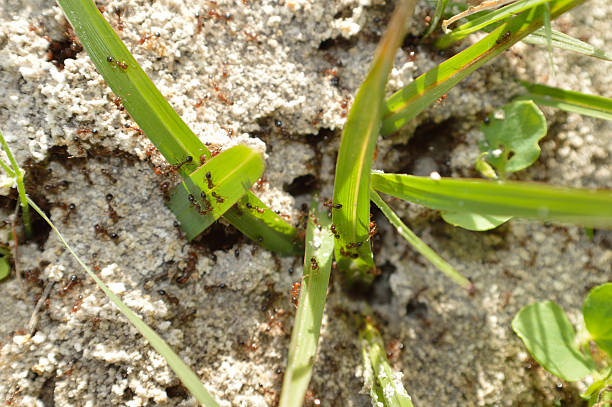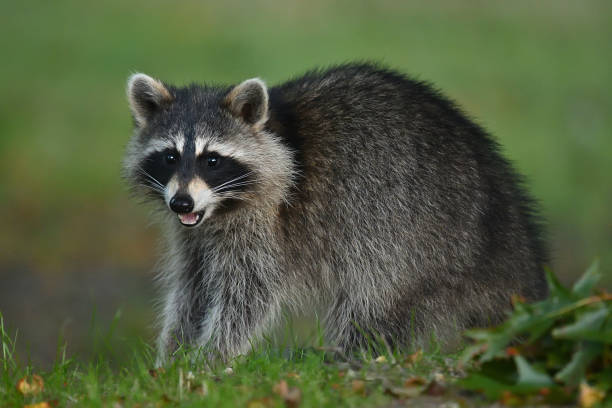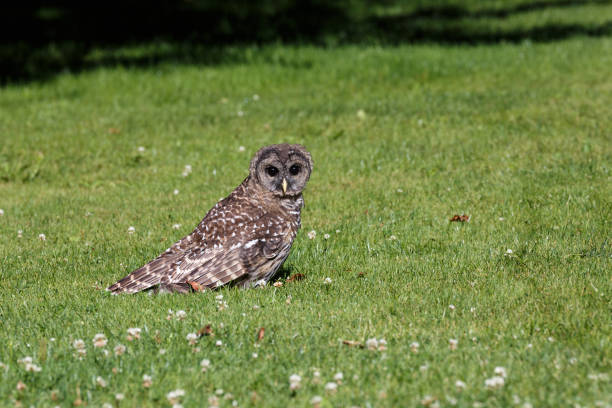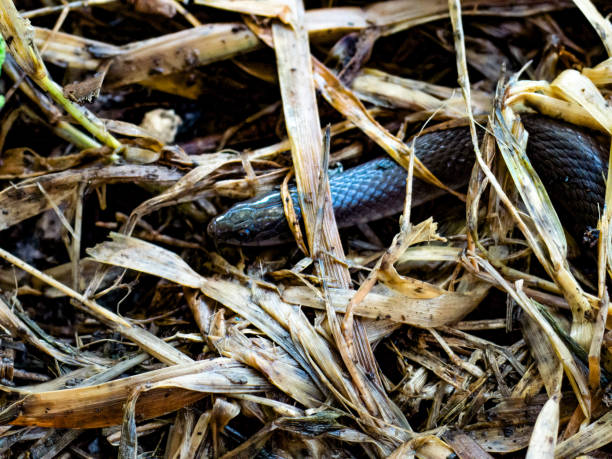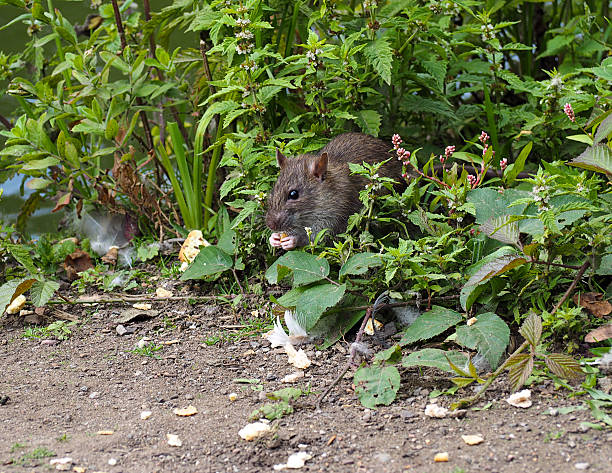How to Trap A Bunny In Your Yard
This post contains affiliate links. This means I will make a commission at no extra cost to you should you click through and make a purchase. Read the full disclosure here.
Bunnies hopping around in your yard can be a delightful sight, adding a touch of charm to your outdoor space. However, there are situations where trapping a bunny becomes necessary. Whether they are causing damage to your garden or posing a threat to the overall ecosystem, knowing how to trap a bunny safely and effectively can help resolve such issues. In this article, we will explore the steps involved in trapping a bunny in your yard, ensuring the safety of both the bunny and your property.
Introduction
Bunnies have a natural appeal that captures the hearts of many. Their adorable appearance and lively behavior make them a welcome presence in yards and gardens. However, there are instances when bunnies can become a nuisance, causing damage to vegetation or disrupting the balance of your outdoor space. In such cases, it may be necessary to trap them for relocation or other appropriate measures.
Understanding Bunny Behavior
To effectively trap a bunny, it’s essential to understand their behavior and habits. Bunnies are generally timid creatures, seeking shelter in areas with dense vegetation. They are most active during the early morning and evening hours. Understanding their habits can help in determining the right time and place to set up a trap.
Assessing the Need to Trap Bunnies
Before setting up a bunny trap, it’s important to assess the need for trapping. Identify problematic bunny behavior such as excessive garden damage, burrowing near foundations, or creating hazards that may harm other animals or humans. Assess the risks and potential damage caused by bunnies to determine if trapping is the best course of action.
Creating a Bunny Trap
Choosing the right type of trap is crucial for successfully capturing a bunny. There are various options available, including live traps and box traps. Consider the size of the bunny and the location where the trap will be set up when selecting the appropriate trap type. Follow the manufacturer’s instructions to ensure the trap is set up correctly.
Baiting the Trap
Bunnies can be enticed into the trap by using suitable bait. Fresh vegetables like carrots, lettuce, or cabbage are often effective in attracting them. Place the bait strategically inside the trap, near the trigger mechanism, to increase the chances of successful trapping.
Ensuring Safety for the Bunny
When trapping a bunny, it’s essential to prioritize its safety and well-being. Avoid using traps that may cause harm or injury to the bunny. Check the trap regularly to minimize stress and ensure the bunny is not left trapped for extended periods. Handle the bunny with care and avoid unnecessary contact to prevent undue stress.
Checking the Trap
Regularly monitor the trap to determine if a bunny has been successfully captured. Check the trap at least once every few hours, particularly during the active periods when bunnies are more likely to be attracted to the bait. Promptly release any non-targeted animals that may have been trapped.
Dealing with Trapped Bunnies
If you have successfully trapped a bunny, it is important to handle the situation responsibly. Contact your local wildlife authorities or animal control to seek guidance on appropriate actions. They can provide assistance in finding suitable relocation options or advise on other measures to address the bunny-related concerns.
Preventing Bunny Return
To prevent bunnies from returning to your yard, it is crucial to address the factors that attract them in the first place. Identify and rectify any vulnerabilities in your yard that may serve as hiding spots or food sources for bunnies. Implement deterrents such as fencing, motion-activated sprinklers, or natural repellents to discourage bunnies from returning.
Final Thoughts
Trapping a bunny in your yard can be a challenging but necessary step to address specific concerns related to garden damage or other potential risks. By following the outlined steps, you can trap bunnies safely and efficiently, ensuring the welfare of both the bunny and your outdoor space. Remember to handle trapped bunnies with care and seek appropriate guidance from local authorities to ensure responsible actions.
FAQs
Is it legal to trap bunnies in my yard?
Regulations regarding trapping bunnies may vary depending on your location. It is best to consult local wildlife authorities or animal control to understand the laws and regulations in your area.
What should I do if I accidentally trap a non-targeted animal?
If a non-targeted animal is trapped, it is important to release it promptly and unharmed. Follow the proper guidelines provided by wildlife authorities or animal control.
Can I relocate the trapped bunny myself?
Relocating trapped bunnies should be done following the guidance of local wildlife authorities or animal control. They can provide advice on suitable relocation options and ensure the bunny’s well-being.
How can I make my yard less attractive to bunnies?
To make your yard less appealing to bunnies, address potential food sources and hiding spots. Implement deterrents such as fencing, motion-activated sprinklers, or natural repellents to discourage their return.
Are there humane alternatives to trapping bunnies?
In some cases, there may be humane alternatives to trapping bunnies, such as using repellents or modifying the environment to make it less conducive to bunny habitation. Consider exploring these options before resorting to trapping.

